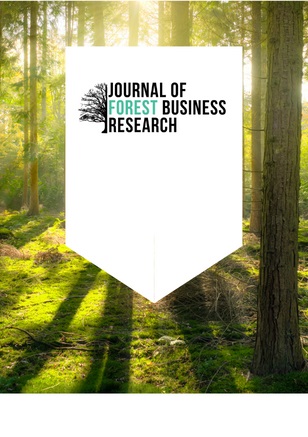Forest restoration (FR) in low- and middle-income countries (LMICs) requires private investment. We estimated the area of degraded forestland with investment conditions favoring private FR in 115 LMICs. We examined a base scenario, with FR driven by wood markets and influenced by seven investment conditions, and a “natural climate solutions” (NCS) scenario, with FR driven by carbon markets and influenced by six conditions. We have found that barely half of the restorable area in the base scenario, and barely a third in the NCS scenario, has at least four favorable investment conditions (i.e., at least half of the total number). In both scenarios, less than 1% of the restorable area has all conditions favorable. Locations with more favorable conditions tend to have greater potential to generate local livelihood benefits than global carbon or biodiversity benefits. Of the 59 LMICs that have made national commitments to restore forestland under the Bonn Challenge, which has a global goal to restore 350 million hectares by 2030, more than half have made a commitment whose area exceeds our estimate of the country’s restorable area with at least four favorable investment conditions. This discrepancy implies that those countries cannot rely solely on private investment to achieve their commitments. Scaling up private FR in LMICs requires coordinated public-sector investments and policy interventions to improve investment conditions and ensure that private FR generates both local and global environmental benefits.
DOI:
https://doi.org/10.62320/jfbr.v4i1.64
Jumlah Kutipan Dimensi:

Tahun publikasi
2025
Penulis
Vincent, J.; Aga, Y.; Boscolo, M.; Chang, K.; Cheng, Z.; Dilger, J.; Guerrero Machado, D.; Herrera, D.; Kaczan, D.; McMahon, A.; Rambaud, P.; Spirovska Kono, M.; Tenneson, K.; Van Rijn, M.; Walji, K.; Yi, Y.; Finegold, Y.
Bahasa
English
Kata kunci
afforestation, forest conservation, restoration, investment, private sector, livelihoods, ecosystem services, socioeconomic aspects, environmental policies, carbon sequestration


















